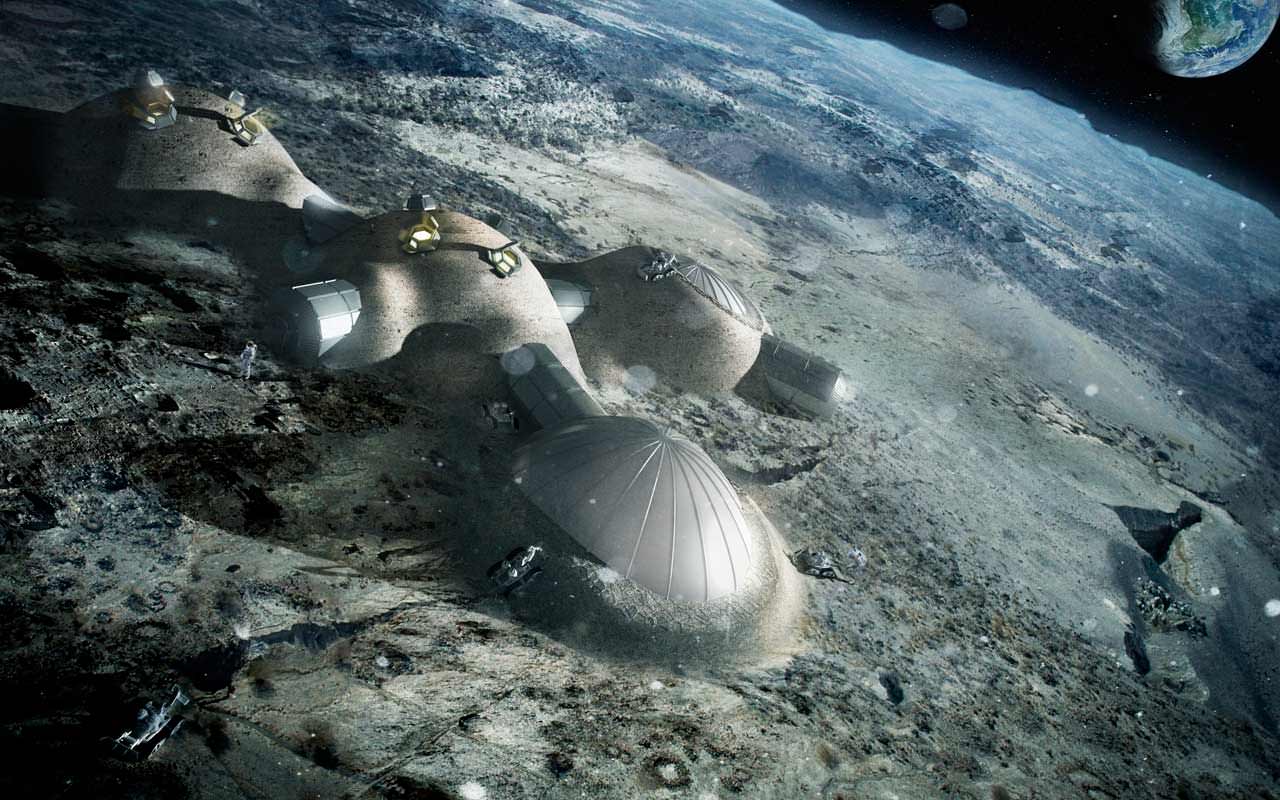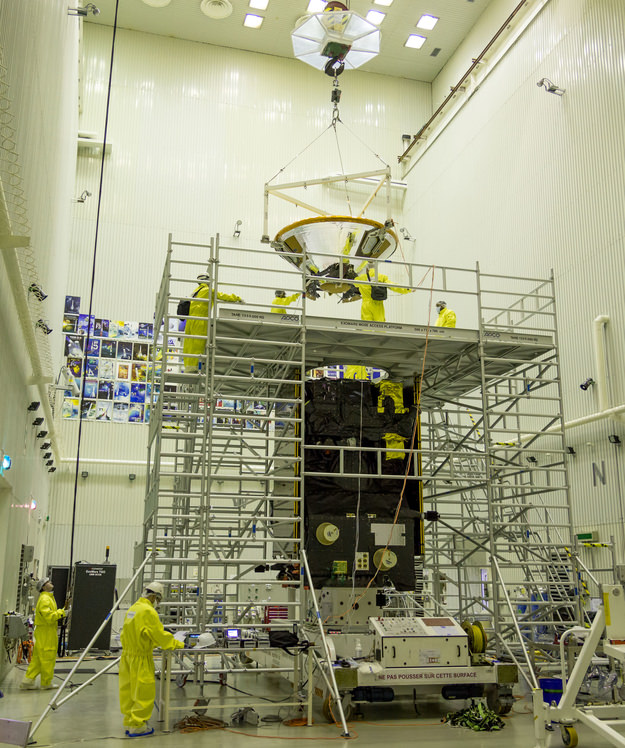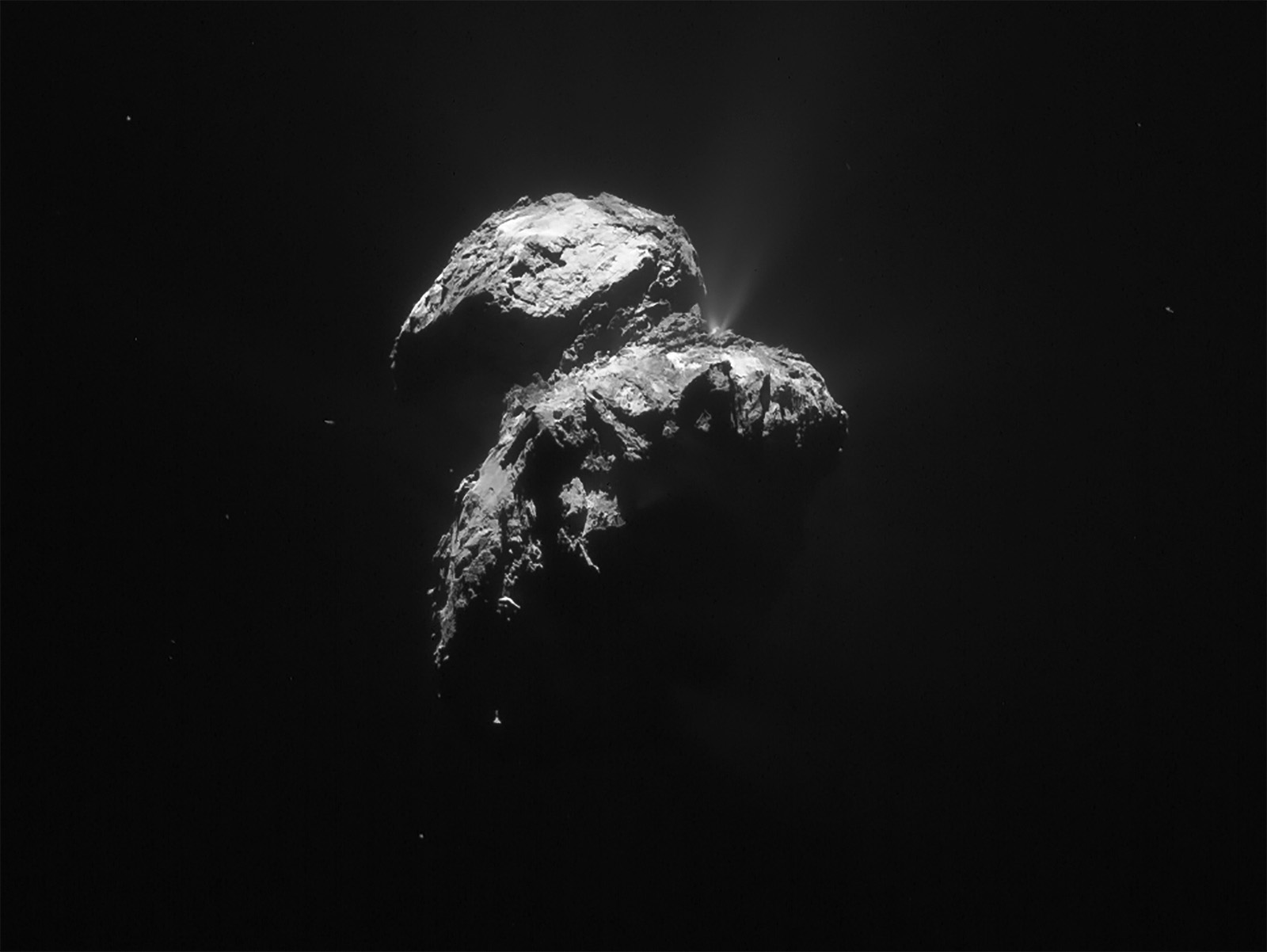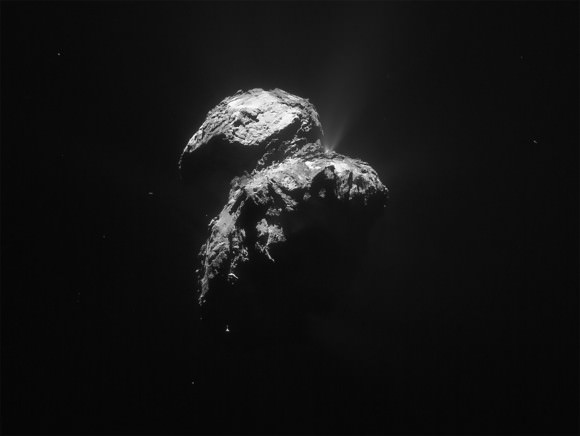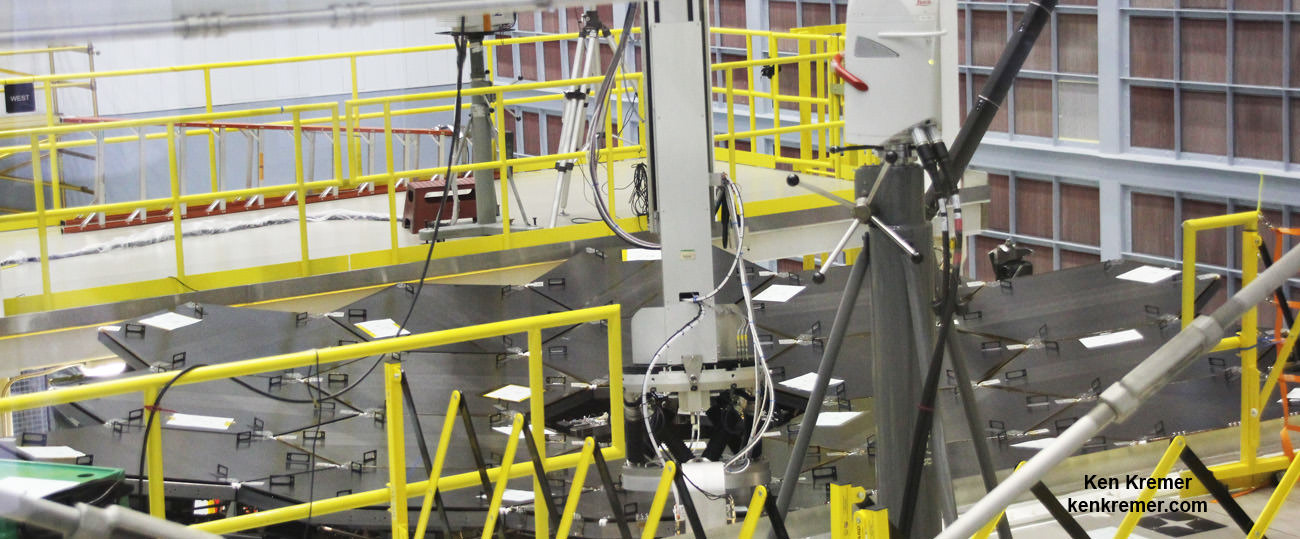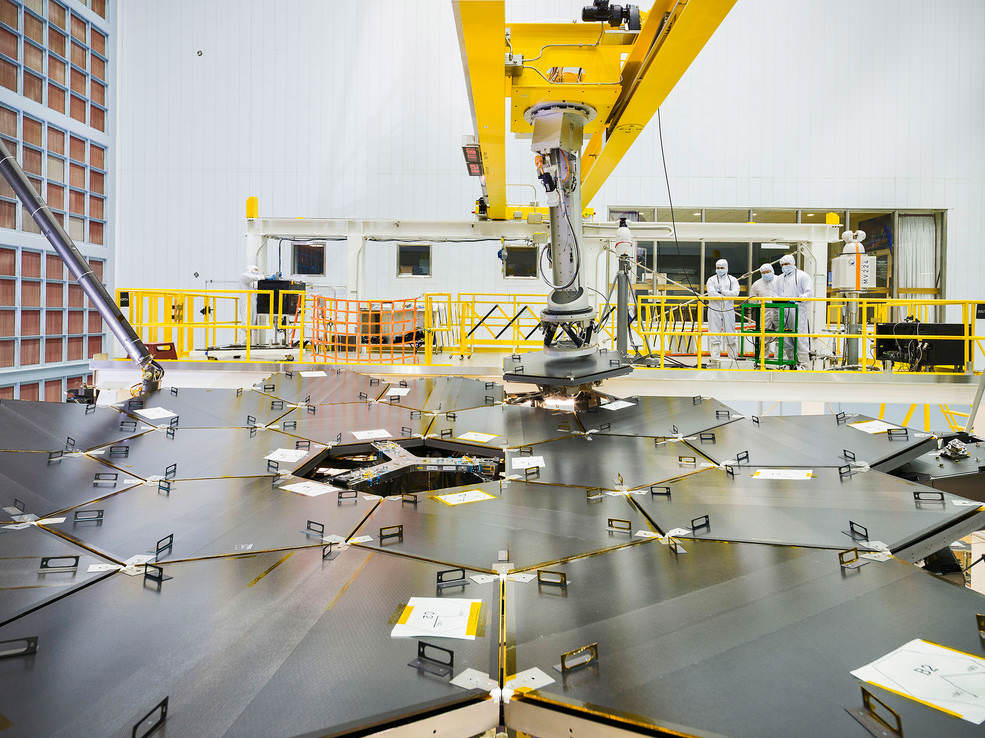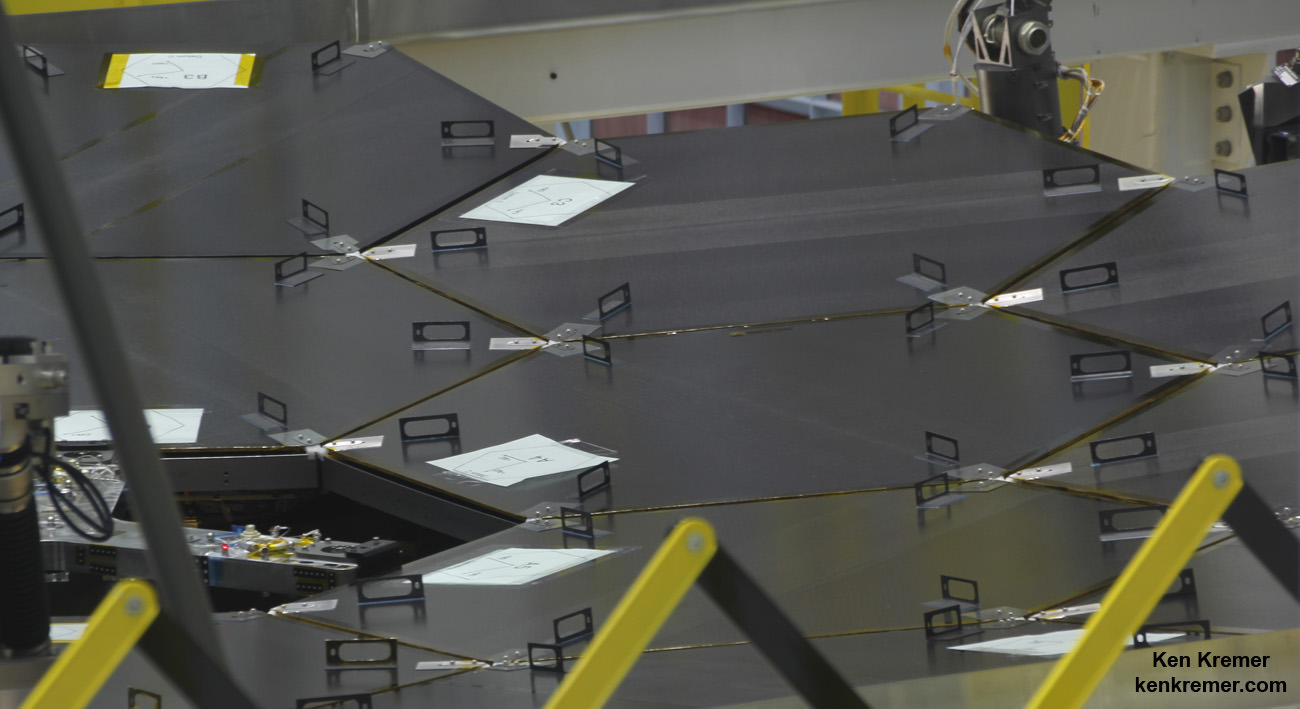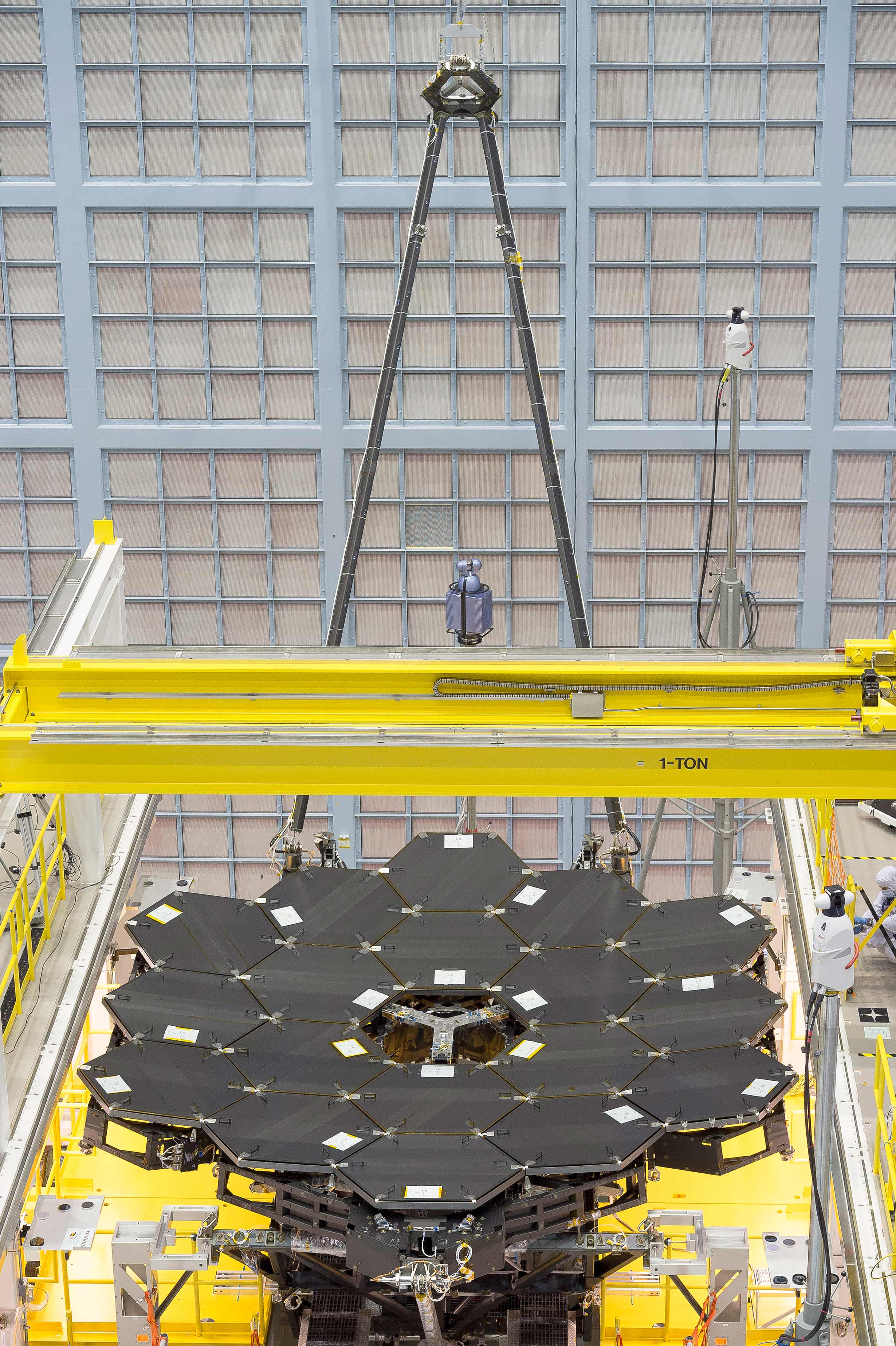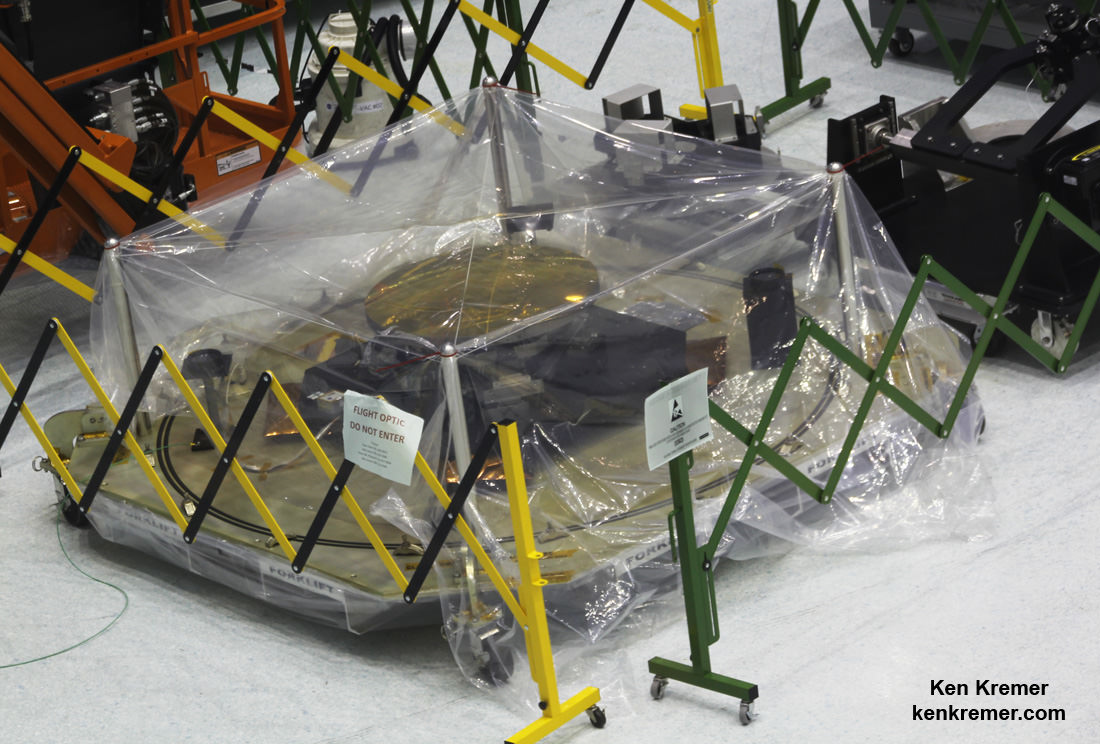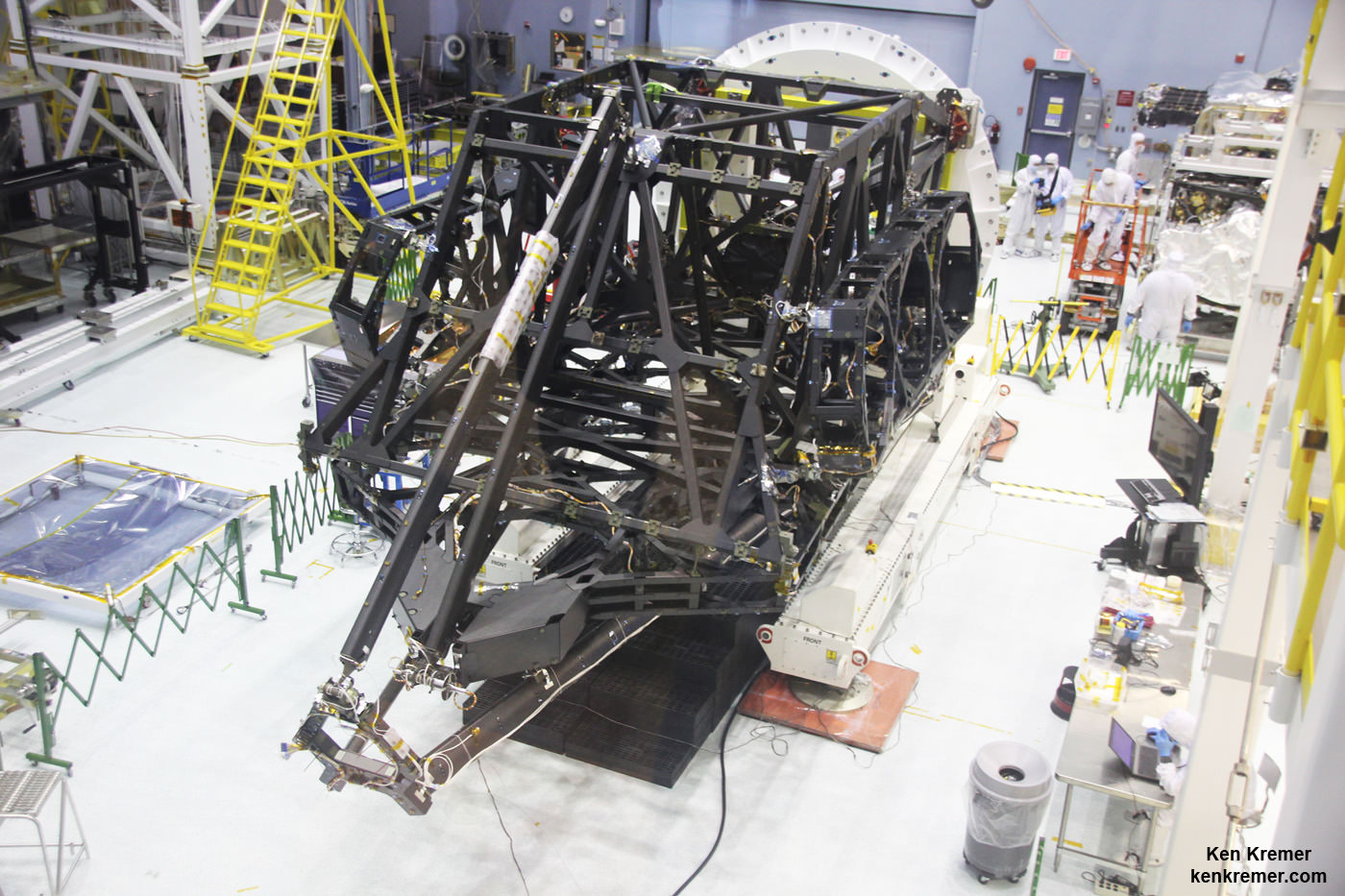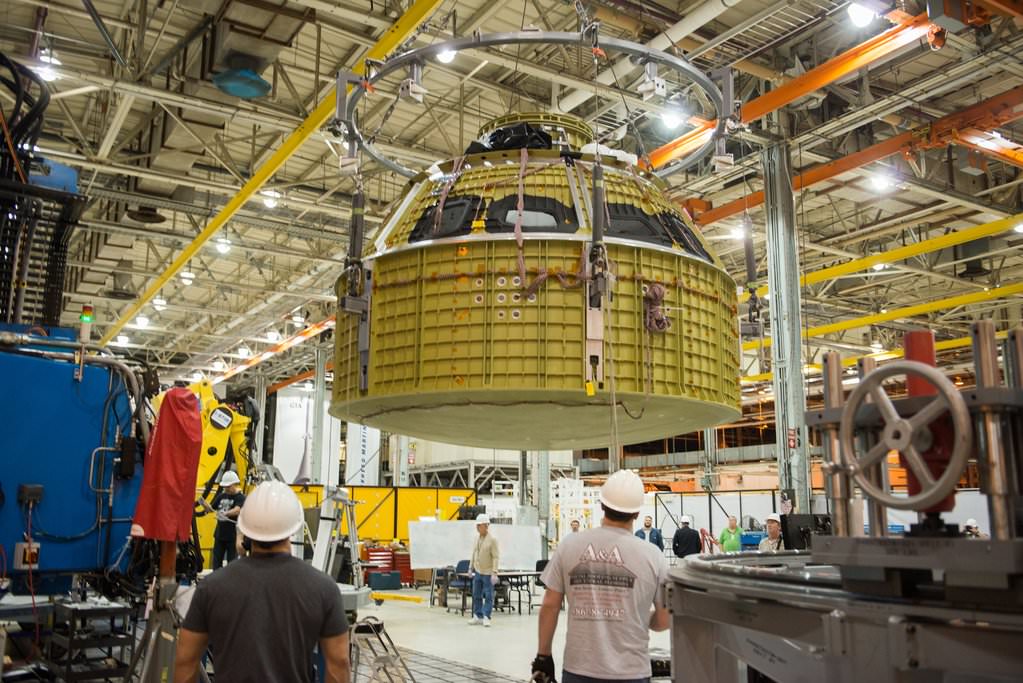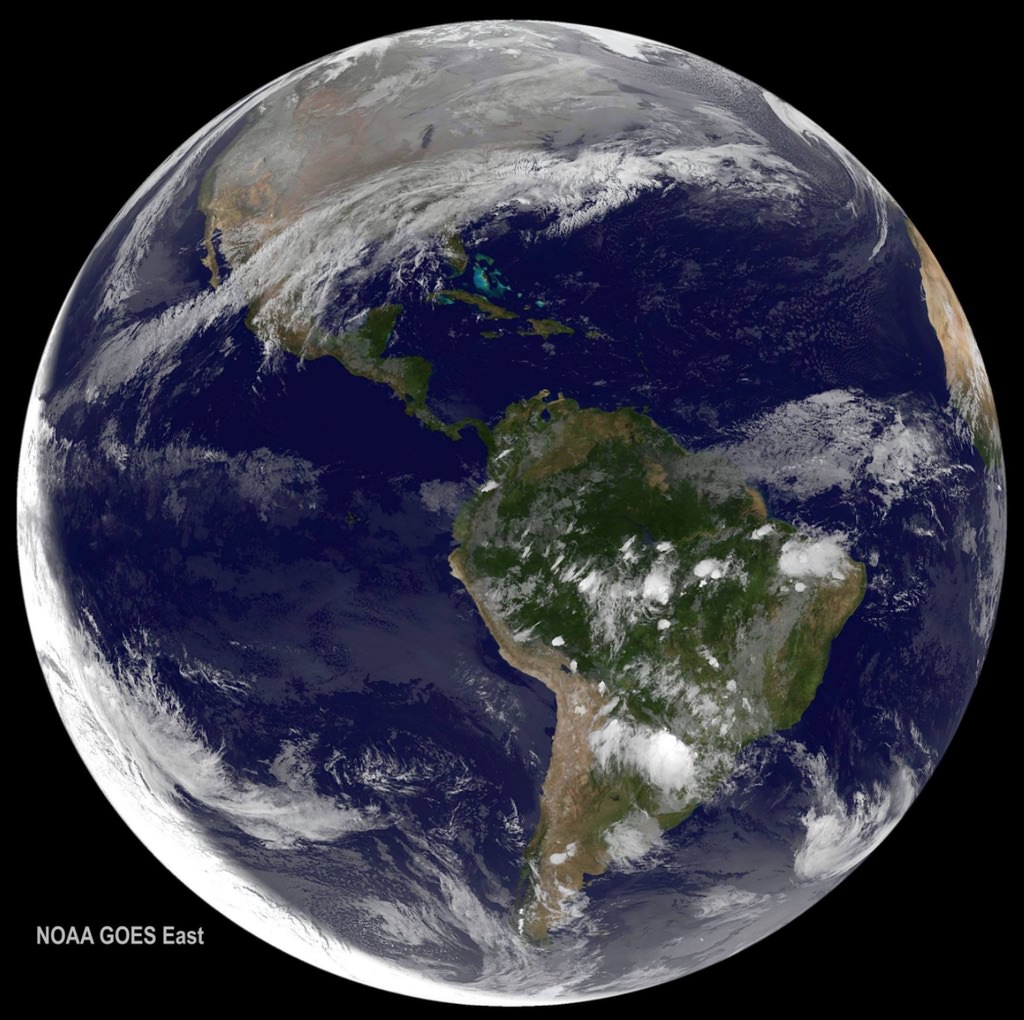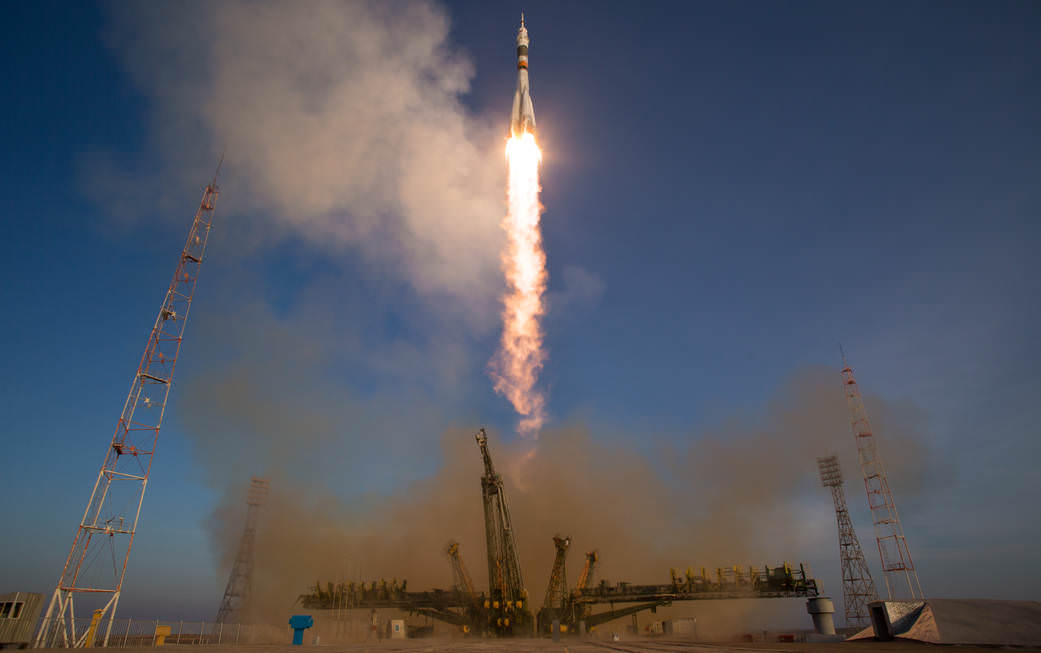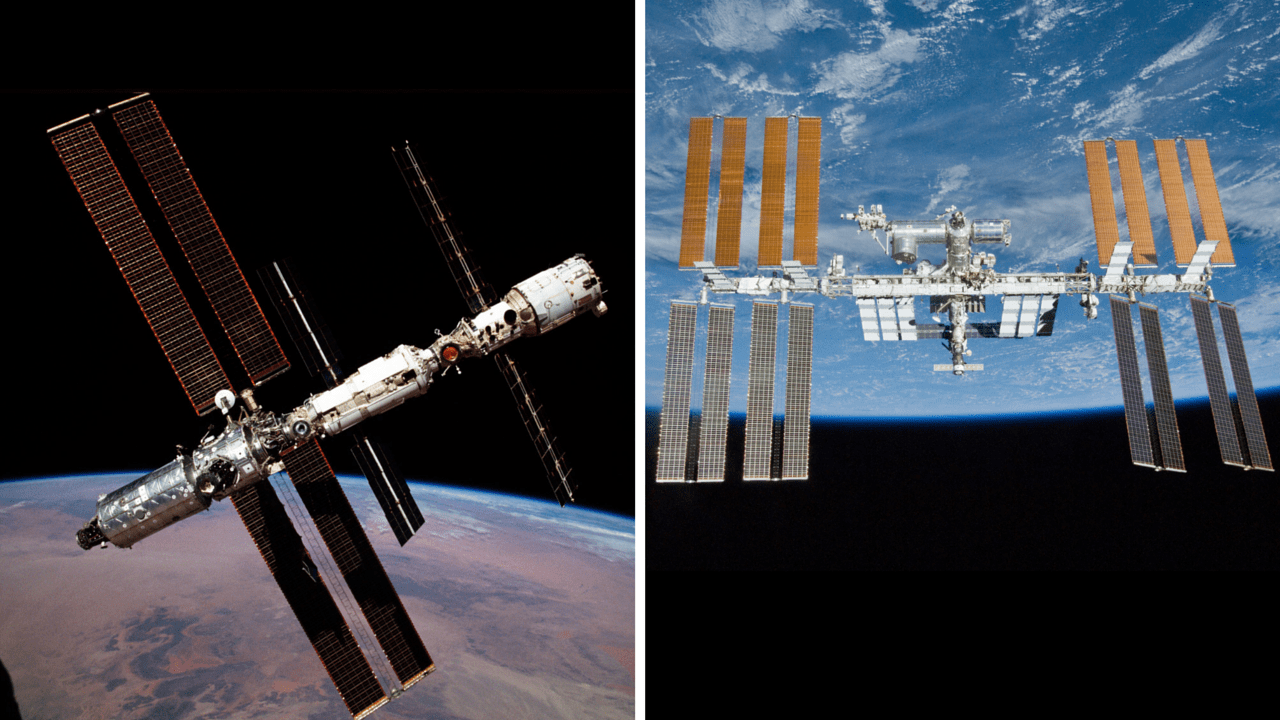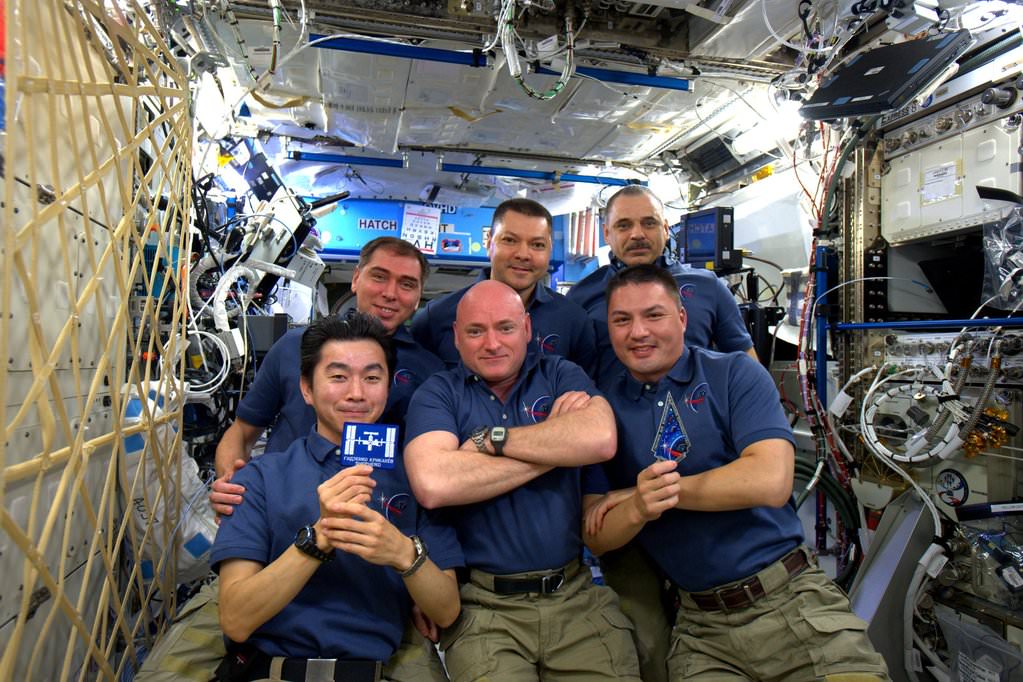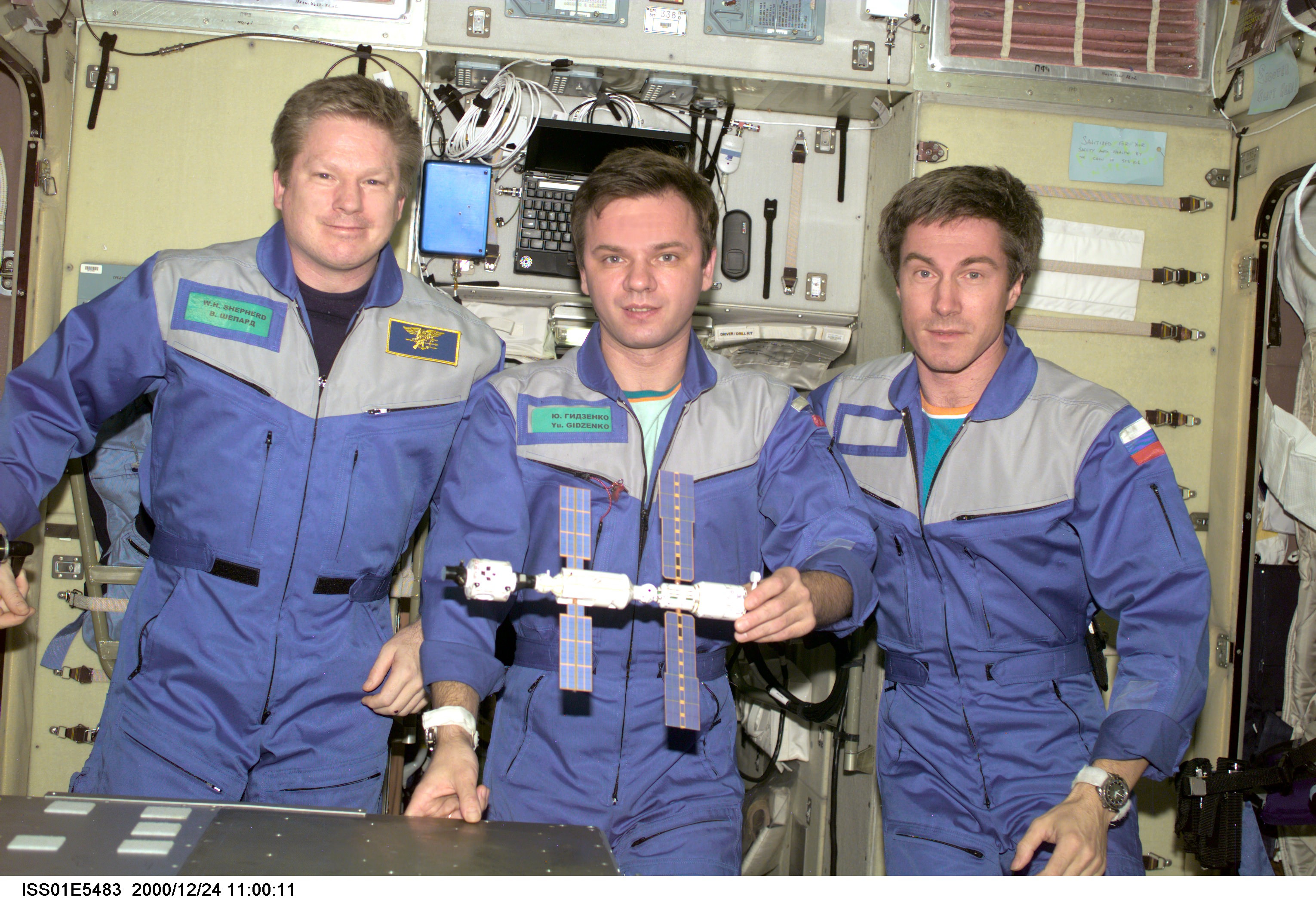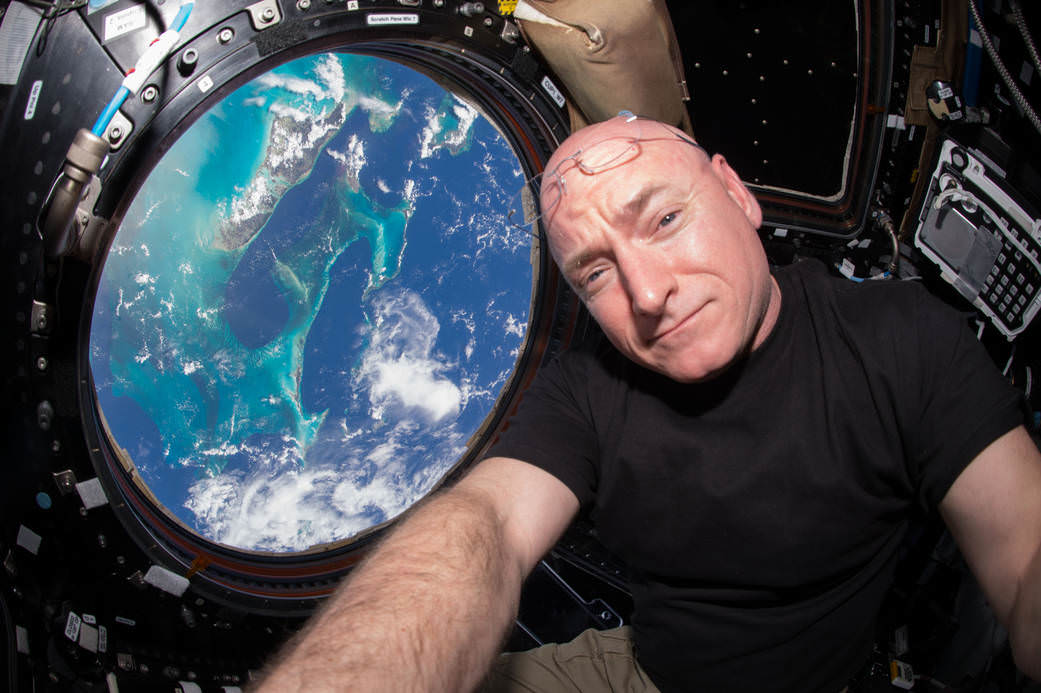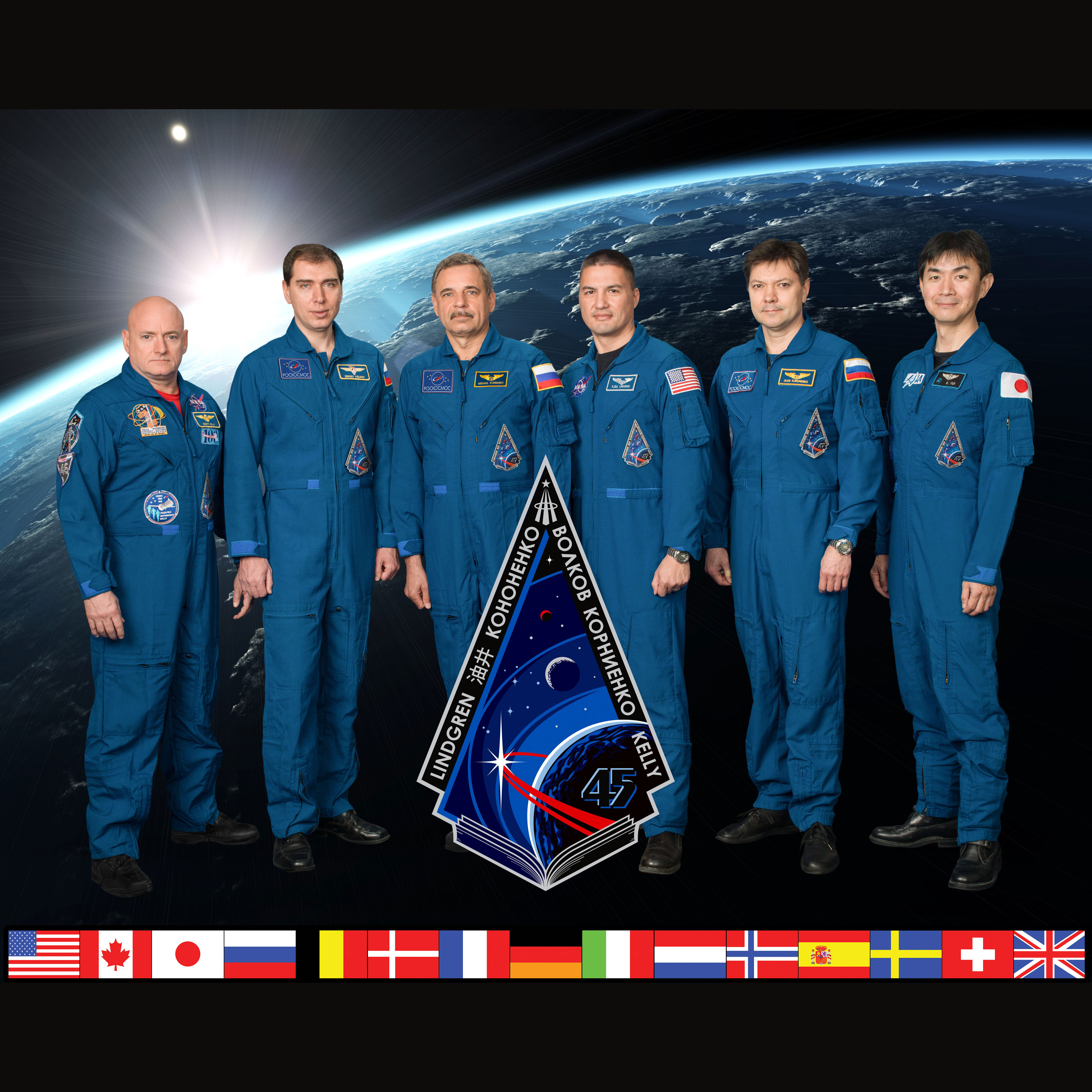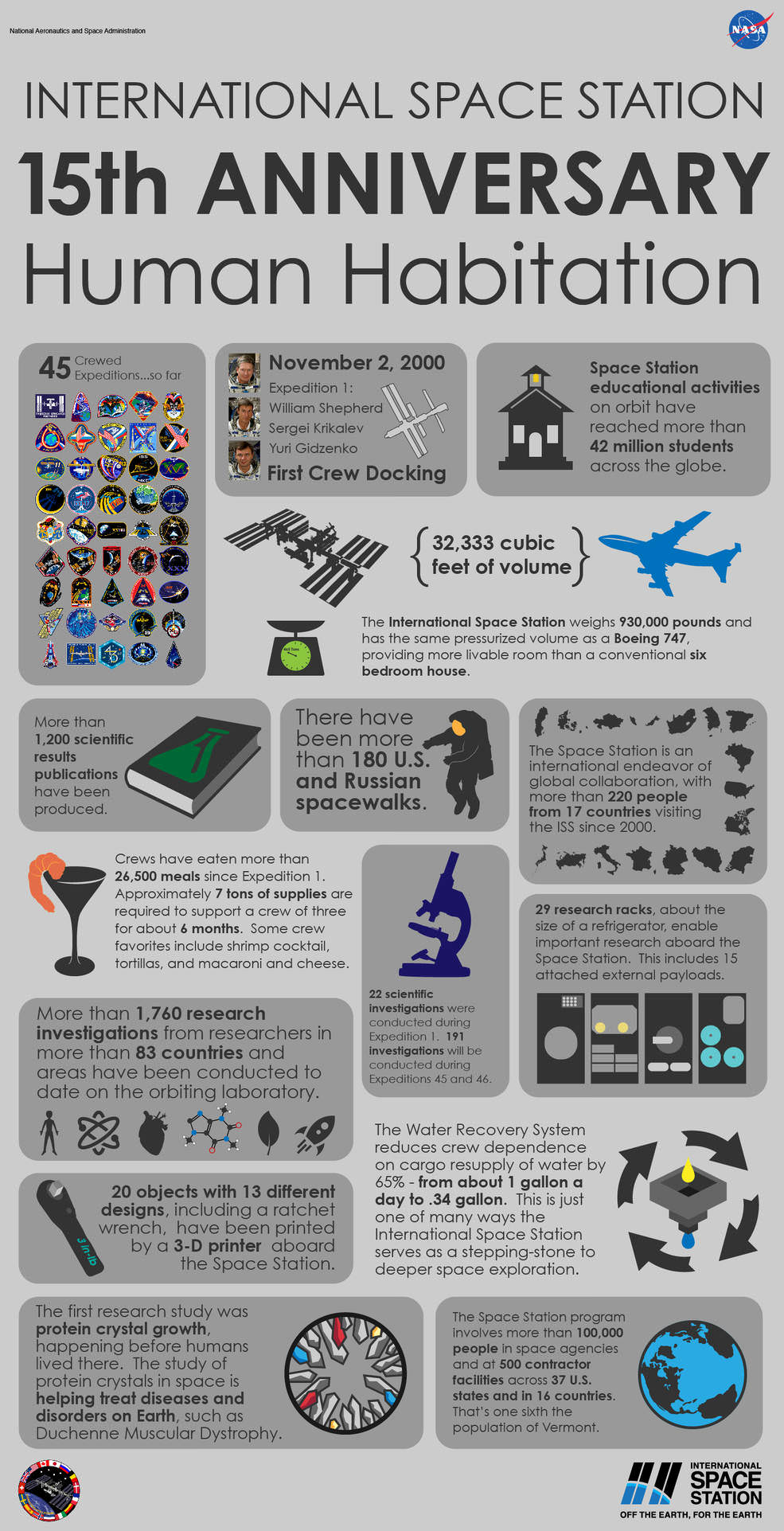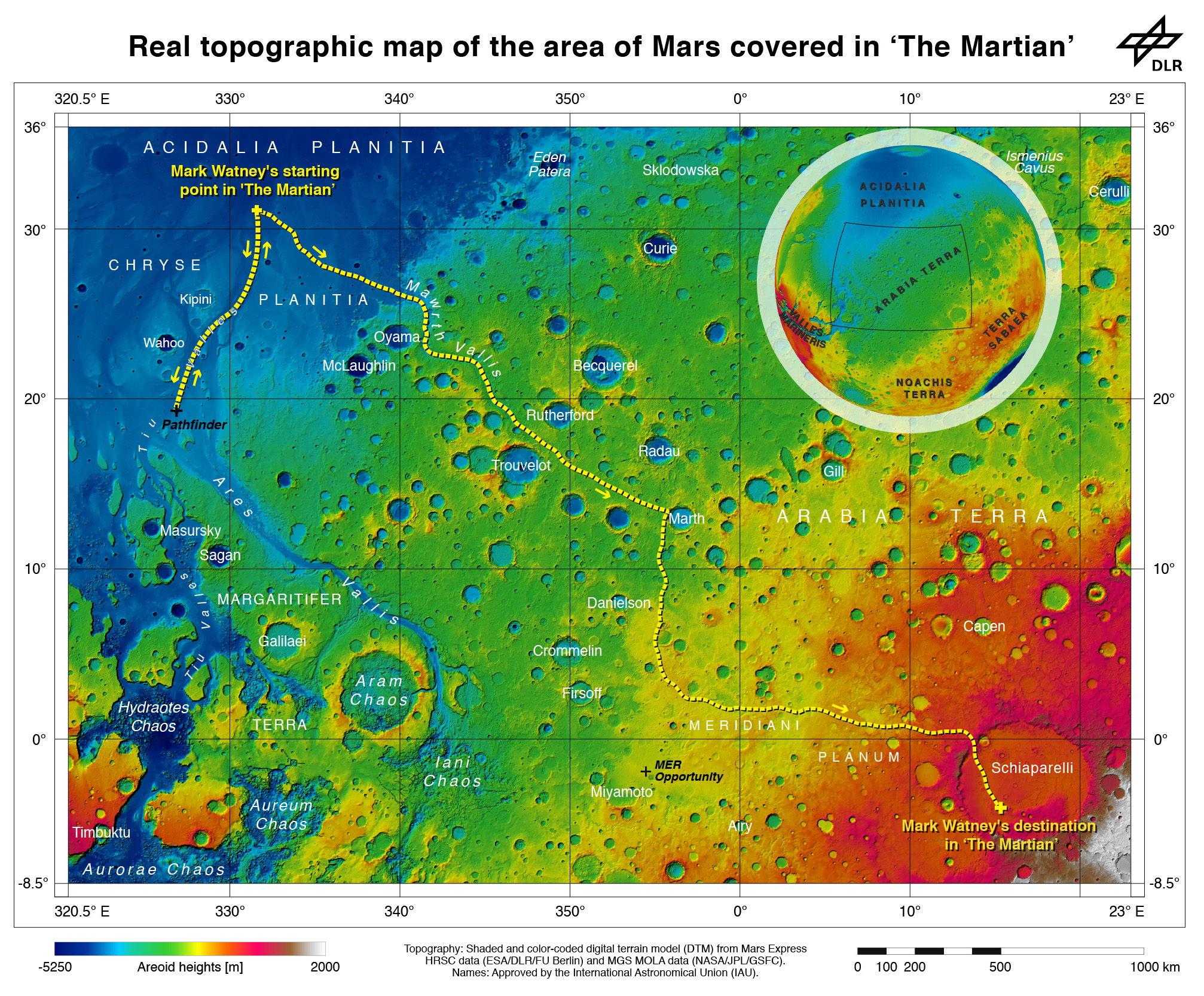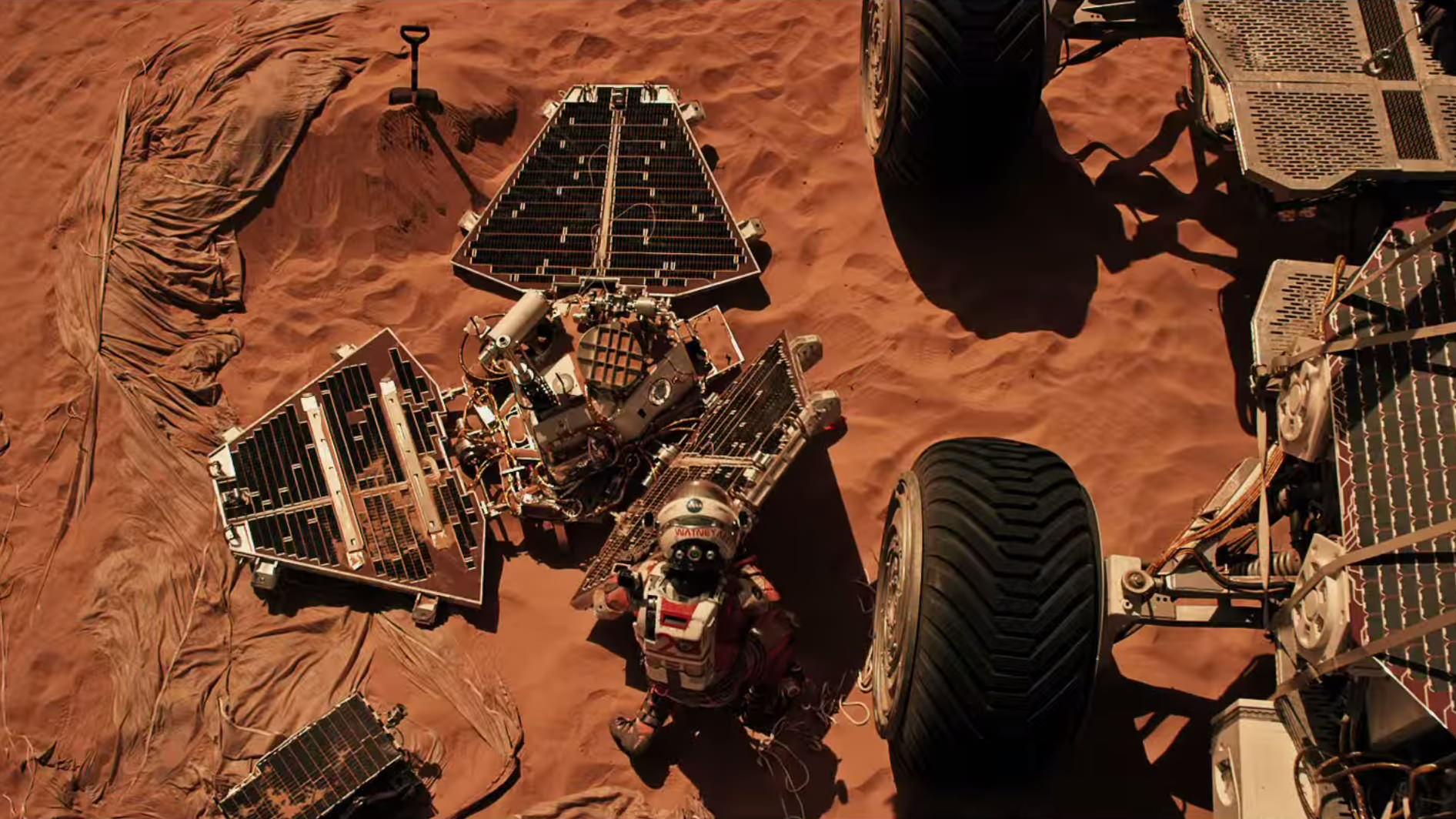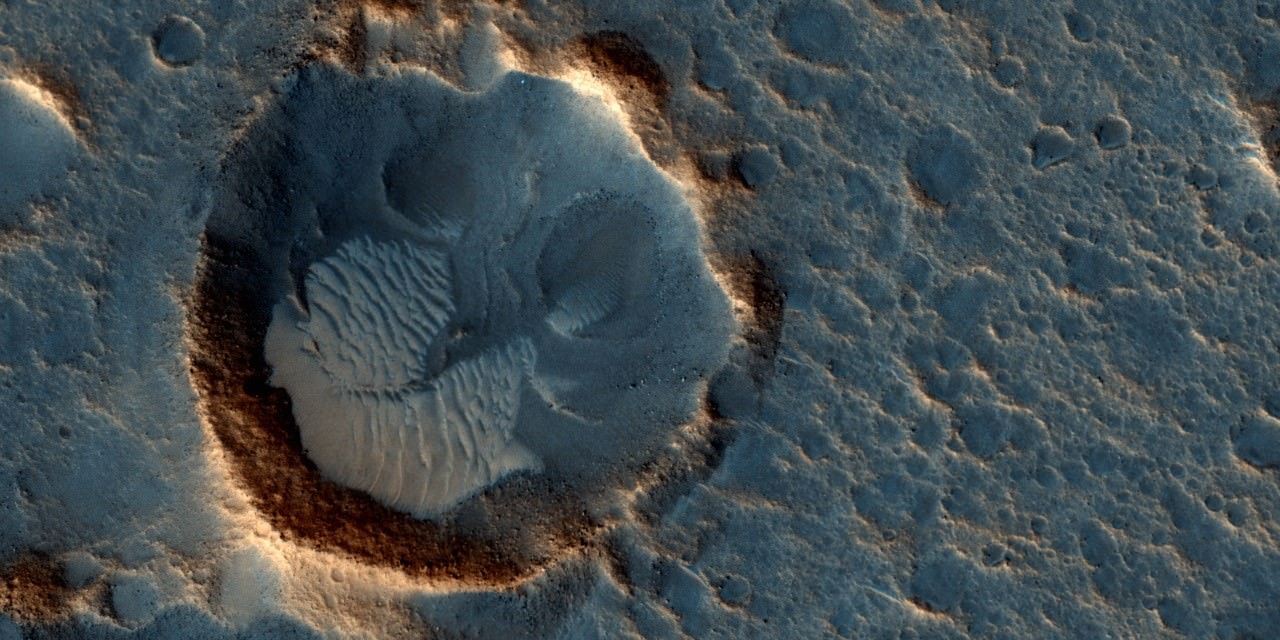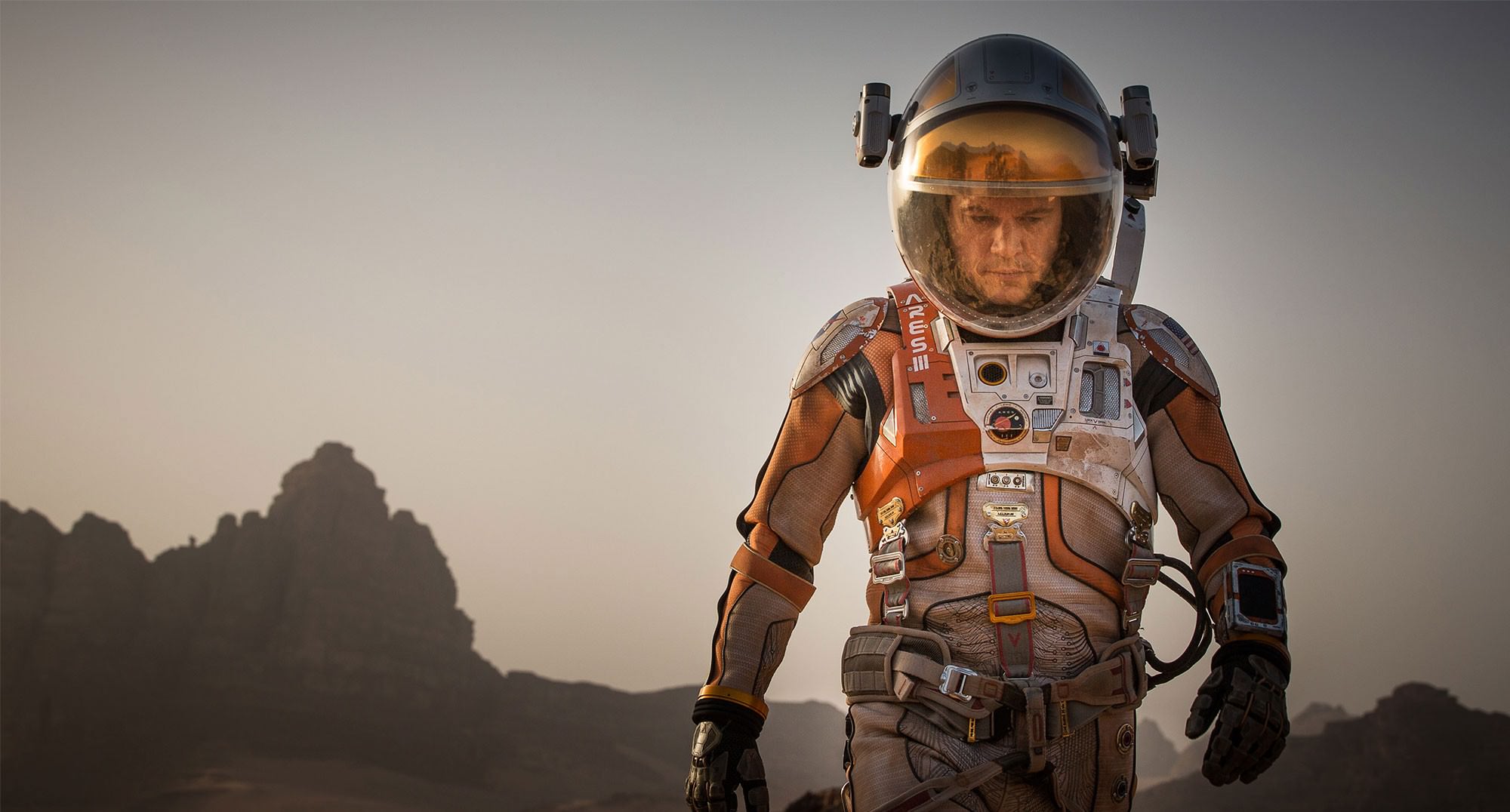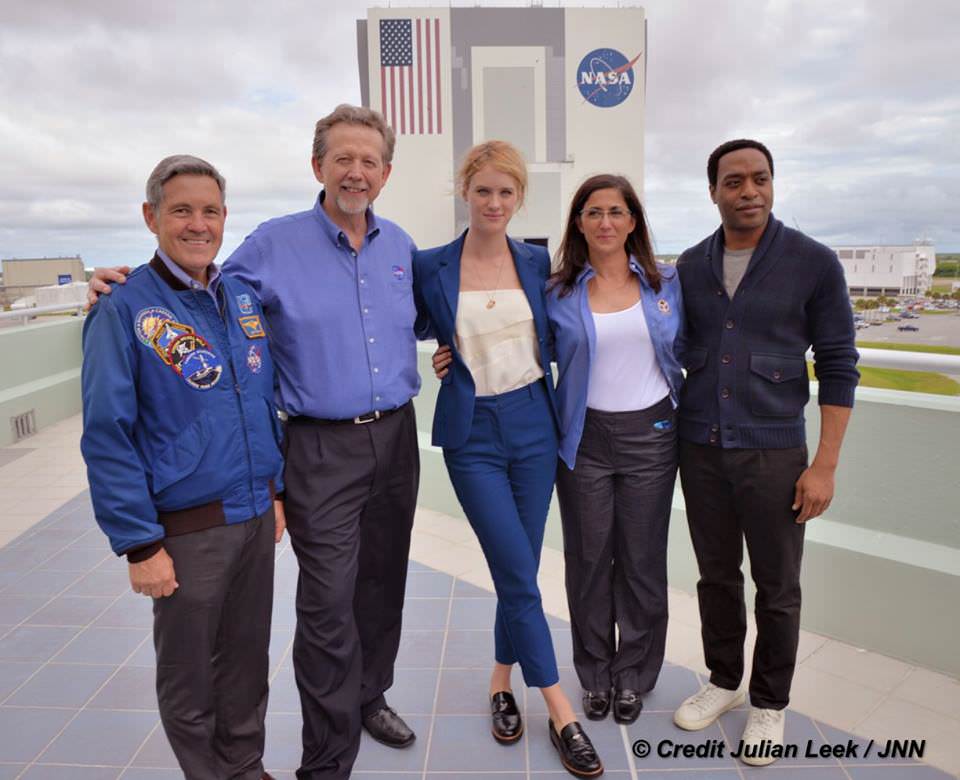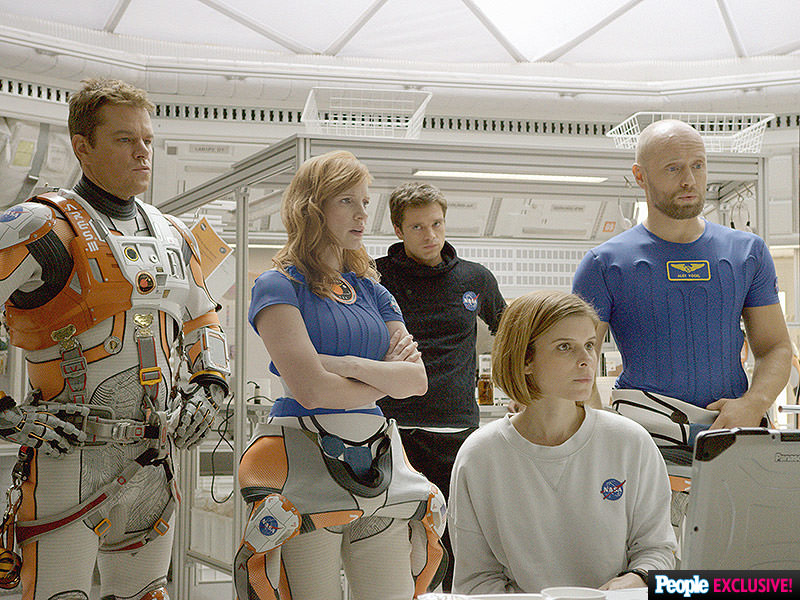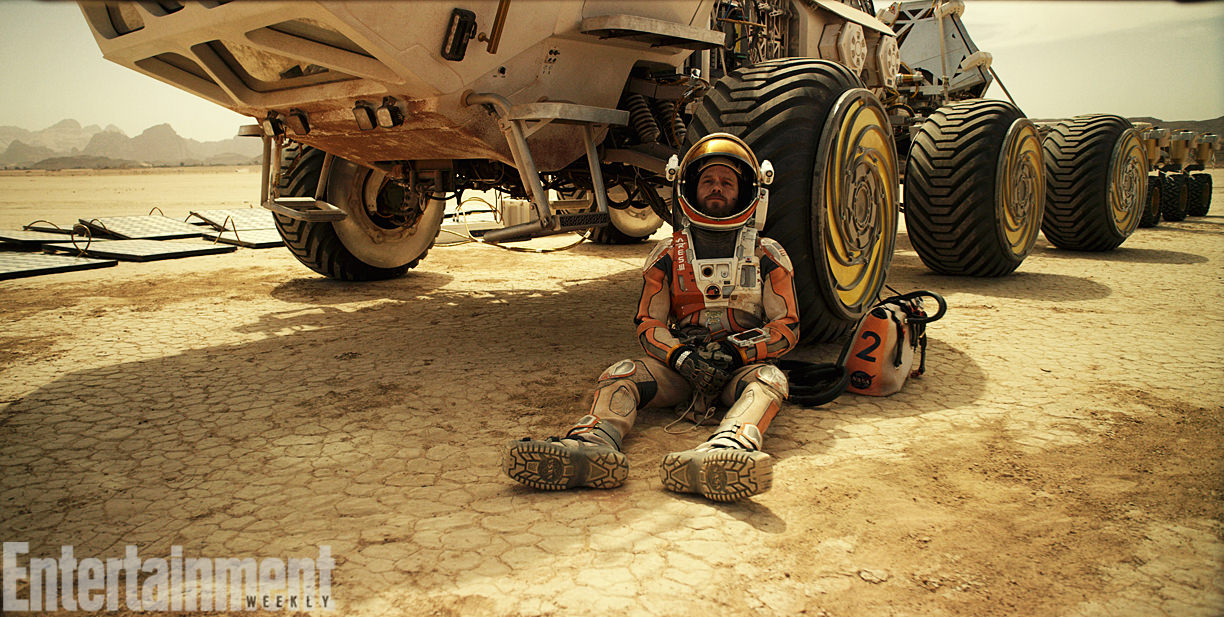With all the talk about manned missions to Mars by the 2030s, its easy to overlook another major proposal for the next great leap. In recent years, the European Space Agency has been quite vocal about its plan to go back to the Moon by the 2020s. More importantly, they have spoken often about their plans to construct a moon base, one which would serve as a staging platform for future missions to Mars and beyond.
These plans were detailed at a recent international symposium that took place on Dec. 15th at the the European Space Research and Technology Center in Noordwijk, Netherlands. During the symposium, which was titled “Moon 2020-2030 – A New Era of Coordinated Human and Robotic Exploration”, the new Director General of the ESA – Jan Woerner – articulated his agency’s vision.
The purpose of the symposium – which saw 200 scientists and experts coming together to discuss plans and missions for the next decade – was to outline common goals for lunar exploration, and draft methods on how these can be achieved cooperatively. Intrinsic to this was the International Space Exploration Coordinated Group‘s (ISECG) Global Exploration Roadmap, an agenda for space exploration that was drafted by the group’s 14 members – which includes NASA, the ESA, Roscosmos, and other federal agencies.
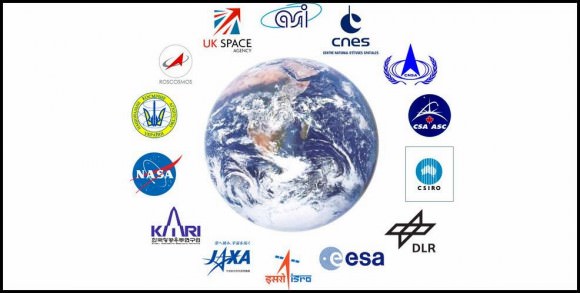
This roadmap not only lays out the strategic significance of the Moon as a global space exploration endeavor, but also calls for a shared international vision on how to go about exploring the Moon and using it as a stepping stone for future goals. When it came time to discuss how the ESA might contribute to this shared vision, Woerner outlined his agency’s plan to establish an international lunar base.
In the past, Woerner has expressed his interest in a base on the Moon that would act as a sort of successor to the International Space Station. Looking ahead, he envisions how an international community would live and perform research in this environment, which would be constructed using robotic workers, 3D printing techniques, and in-situ resources utilization.
The construction of such a base would also offer opportunities to leverage new technologies and forge lucrative partnerships between federal space agencies and private companies. Already, the ESA has collaborated with the architectural design firm Foster + Partners to come up with the plan for their lunar village, and other private companies have also been recruited to help investigate other aspects of building it.
Going forward, the plan calls for a series of manned missions to the Moon beginning in the 2020s, which would involve robot workers paving the way for human explorers to land later. These robots would likely be controlled through telepresence, and would combine lunar regolith with magnesium oxide and a binding salt to print out the shield walls of the habitat.
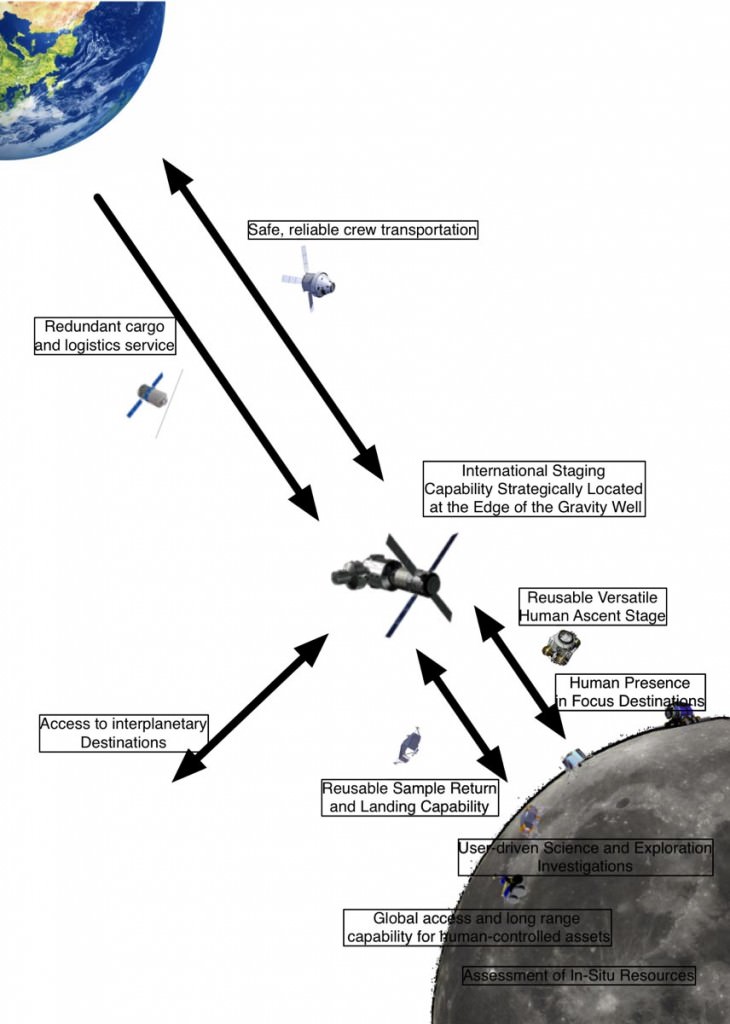
At present, the plan is for the base to be built in southern polar region, which exists in a near-state of perpetual twilight. Whether or not this will serve as a suitable location will be the subject of the upcoming Lunar Polar Sample Return mission – a joint effort between the ESA and Roscosmos that will involve sending a robotic probe to the Moon’s South Pole-Aitken Basin by 2020 to retrieve samples of ice.
This mission follows in the footsteps of NASA’s Lunar Reconnaissance Orbiter (LRO), which showed that the Shakleton crater – located in the Moon’s southern polar region – has an abundant supply of water ice. This could not only be used to provide the Moon base with a source of drinking water, but could also be converted into hydrogen to refuel spacecraft on their way to and from Earth.
As Woerner was quoted as saying by the Daily Mail during the course of the symposium, this lunar base would provide the opportunity for scientists from many different nations to live and work together:
The future of space travel needs a new vision. Right now we have the Space Station as a common international project, but it won’t last forever. If I say Moon Village, it does not mean single houses, a church, a town hall and so on… My idea only deals with the core of the concept of a village: people working and living together in the same place. And this place would be on the Moon. In the Moon Village we would like to combine the capabilities of different spacefaring nations, with the help of robots and astronauts. The participants can work in different fields, perhaps they will conduct pure science and perhaps there will even be business ventures like mining or tourism.
Naturally, the benefits would go beyond scientific research and international cooperation. As NexGen Space LLC (a consultant company for NASA) recently stated, such a base would be a major stepping stone on the way to Mars. In fact, the company estimated that if such a base included refueling stations, it could cut the cost of any future Mars missions by about $10 billion a year.
And of course, a lunar base would also yield valuable scientific data that would come in handy for future missions. Located far from Earth’s protective magnetic field, astronauts on the Moon (and in circumpolar obit) would be subjected to levels of cosmic radiation that astronauts in orbit around Earth (i.e. aboard the ISS) are not. This data will prove immeasurably useful when plotting upcoming missions to Mars or into deep space.
An additional benefit is the possibility of creating an international presence on the Moon that would ensure that the spirit of the Outer Space Treaty endures. Signed back in 1966 at the height of the “Moon Race”, this treaty stated that “the exploration and use of outer space shall be carried out for the benefit and in the interests of all countries and shall be the province of all mankind.”
In other words, the treaty was meant to ensure that no nation or space agency could claim anything in space, and that issues of territorial sovereignty would not extend to the celestial sphere. But with multiple agencies discussing plans to build bases on the Moon – including NASA, Roscosmos, and JAXA – it is possible that issues of “Moon sovereignty” might emerge at some point in the future.
And having a base that could facilitate regular trips to the Moon would also be a boon for the burgeoning space tourism industry. Beyond offering trips into Low Earth Orbit (LEO) aboard Virgin Galactic, Richard Branson has also talked about the possibility of offering trips to the Moon by 2043. Golden Spike, another space tourism company, also hopes to offer round-trip lunar adventures someday (at a reported $750 million a pop).
Other private space ventures that are looking to make the Moon a tourist destination include Space Adventures and Excalibur Almaz – both of which are hoping to offer lunar fly-bys (no Moon walks, sorry) for $150 million apiece someday. Many analysts predict that in the coming decade, this industry will begin to (no pun intended) take flight. As such, establishing infrastructure there ahead of time would certainly be beneficial.
“We’re going back to the Moon”. That appeared to be central the message behind the recent symposium and the ESA’s plans for future space exploration. And this time, it seems, we will be staying there! And from there, who knows? The Universe is a big place…
Further Reading: European Space Agency

